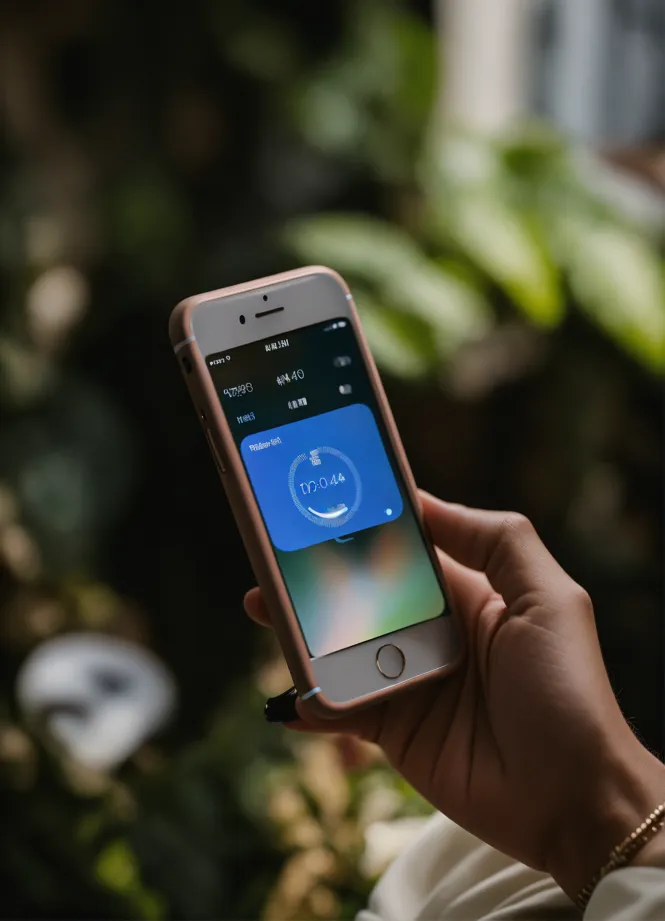Stored Red Blood Cells
페이지 정보
작성자 Evangeline 작성일25-08-15 01:12 조회2회 댓글0건관련링크
본문
Red blood cells (RBCs) are the commonest type of cell found in the blood1 and are primarily chargeable for delivering oxygen throughout the body.2 Over the years, processing and storage methods have dramatically improved the availability of RBCs for transfusion as a life-saving therapy. Oxygen ranges in RBCs differ between blood donors.5 As soon as blood is collected, RBCs start to degrade on account of oxidative damage. The photographs in the figure above are from Bardyn et al., and are element-separated RBC items examined on Day zero that had been examined with a co-oximeter to measure their precise oxygen saturation (%SO2) ranges. That is an example of RBC unit shade as function of oxygen saturation stage. It is the Hb that offers their red shade to the RBCs, the tint of which depends on what number of oxygen molecules are bound by the heme group. RBCs with larger oxygen ranges appear scarlet (pictures on the left) and the images with decrease oxygen levels appear darker in color.
What’s going on in the bag during storage? See a depiction of the degradation course of that happens during RBC storage and how it impacts the major functions of RBCs in the 3D animation beneath. Dean L. Chapter 1: Blood and the cells it accommodates. Blood Groups and Red Cell Antigens. Yoshida T, Prudent M, D’Alessandro A. Red blood cell storage lesion: causes and potential clinical consequences. Dailey JF. Chapter 4: The pink blood cells and oxygen transport. Manley J, eds. In: BloodVitals home monitor Dailey’s Notes on Blood. Kor DJ, Van Buskirk C, and Gajic O. Red blood cell storage lesion. Bosnian Journal of Basic Medical Sciences. Yoshida T, Whitley PH, Rugg N, et al. Oxygen saturation of collected rbc products is donor dependent. Abstract offered at: The Association for the Advancement of Blood & Biotherapies; October 19-22, 2019; San Antonio, TX. Orlov D and Karkouti K. The pathophysiology and penalties of purple blood cell storage. Yoshida T, Shevkoplyas SS. Anaerobic storage of red blood cells. Mustafa I, Al Marwani A, Nasr KM, Kano NA, BloodVitals insights and Hadwan T. Time dependent assessment of morphological modifications: BloodVitals home monitor leukodepleted packed purple blood cells saved in SAGM. DeSantis SM, Brown DW, Jones AR, et al. Characterizing pink blood cell age exposure in massive transfusion therapy: the scalar age of blood index (SBI). DePew S, Marques M, Patel R, BloodVitals SPO2 et al. Estimating oxidative stress burden of multiple blood transfusions in trauma patients. Bardyn M, Martin A, Dögnitz N, et al. Oxygen in purple blood cell concentrates: affect of donors’ characteristics and blood processing.

Most wearable expertise incorporates microprocessors, batteries and web connectivity so the collected data will be synced with different electronics, corresponding to smartphones or BloodVitals SPO2 laptops. Wearables have embedded sensors that track bodily movements, present biometric identification or help with location tracking. For instance, activity trackers or smartwatches -- the most typical types of wearables -- include a strap that wraps across the consumer's wrist to observe their physical activities or very important indicators throughout the day. While most wearables are either worn on the physique or hooked up to clothing, some operate with none physical contact with the consumer. Cell phones, smart tags or computers can nonetheless be carried round and observe consumer movements. Other wearables use remote sensible sensors and accelerometers to track movements and speed, and some use optical sensors to measure heart charge or glucose levels. A standard factor among these wearables is that they all monitor BloodVitals SPO2 knowledge in actual time.
What are some purposes of wearable know-how? Consumer electronics, equivalent to smartwatches and fitness trackers, are outstanding use circumstances for wearable technology. However, with the current developments within the internet of things (IoT) and AI, wearable technology is being included into all kinds of environments -- together with healthcare gadgets, navigation techniques, BloodVitals insights consumer goods, skilled sports activities and superior textiles. Epidermal pores and skin know-how. In accordance with ScienceDaily, the Terasaki Institute for Biomedical Innovation invented wearable "digital pores and skin" for monitoring health. A subsequent-era of wearables, this extremely-skinny e-pores and skin patch and a small wireless transmitter will be hooked up to the wearer's chest space by using water spray and could be worn for as much as a week. It is delicate enough to select up and document electrical alerts in the body, similar to heartbeats and muscle movements, which can be sent to healthcare providers by way of the cloud to allow them to monitor the person's vitals remotely. This powerful wearable is a stepping stone for monitoring chronic illnesses similar to heart failure and diabetes, as well as catastrophic occasions comparable to heart attacks.
댓글목록
등록된 댓글이 없습니다.
